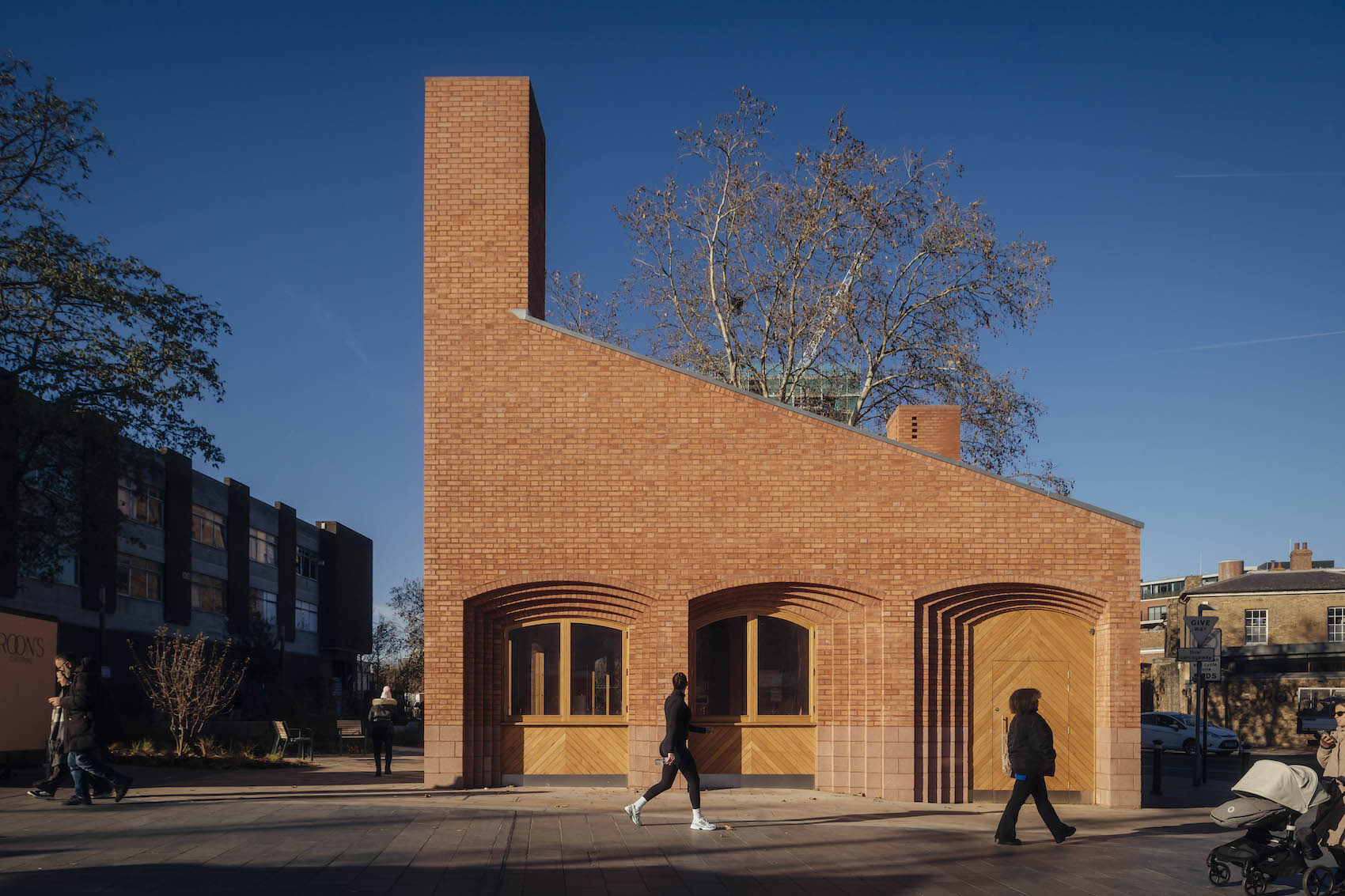Fernando Sordo Madaleno explains how a series of cataclysmic events have made their mark Mexico City, resulting in a multi-layered cityscape that is melodramatic, memorable and even a little crazy.
Photograph by Pablo Arturo López/Chasing World Heritage
I come from a family of architects; my grandfather, Juan Sordo Madaleno, founded his practice in 1937. Before we set up our London office a year ago, I had lived pretty much all my life in Mexico City and the mountainous countryside to its north. London’s architectural history has its ghosts and hidden layers, yet it seems to have been a largely evolutionary process. Mexico City has been shaped by cataclysmic events. It’s this melodrama of change that has made the city so exciting, so memorable and even a little crazy.
The cataclysmic events I’m thinking of include the arrival of the Spanish in 1521 and their destruction of Tenochtitlan – an amazing city of canals and bridges, artificial islands, causeways and aqueducts, built on a lake in a volcanic valley more than 2,000-metres above sea level. In recent times, the 1985 earthquake caused the death of more than 5,000 people in the city and the collapse of over 400 buildings. Going very much further back, there was the asteroid that smashed into the Yucatán Peninsula, ending the era of the dinosaurs.
You can still sense these dramatic changes, and many more minor ones, touring Mexico City. The drama of the shifting landscape is all around you. Below you, too. When, for example, you see street names beginning with ‘Rio’, you know there are rivers beneath the pavements. In the late 1940s and early 1950s, many of the city’s 45 rivers were channelled into underground pipes. When you see steps added to the entrances of historic buildings, you know these are sinking, like the Cathedral, into what was once the great lake the Spanish drained. It’s as though the old Aztec city is trying to swallow the new one on top, or maybe pulling us down to see what we’ve lost. This phenomenon is not restricted to the city centre. Even the airport’s Terminal 2, opened less than 20 years ago, is sinking.
This consistency of inconsistency has created a city where you can experience a modern American city one moment and a kind of ‘Wild West’ one block up or down. In neighbourhoods like Colonia Juárez you find grand old colonial houses that may be home to young artists or low-income families cheek-by-jowl with the latest cafés and independent shops, with kids washing windscreens at junctions, illegal street markets – often selling great food – and, of course, like almost anywhere in Mexico City, a lot of noise. I’ve been lucky to enjoy both the sheer craziness of the city centre – remember we’re talking about a huge and varied built-up area twice the size of London – and life out towards the mountains where nature rules.
You can experience a modern American city one moment and a kind of ‘Wild West’ one block up or down”
One of my favourite buildings in the city centre is the one that houses the Franz Mayer Museum. What began as a 16th-century flour warehouse became a hospital run by the monastic Order of San Juan de Dios. Later, it became a hospital for women, a post office administration building, and even an artisan market. Since the mid-80s, it’s housed the collection of Franz Mayer, a German-Mexican stockbroker with a passion for Latin American decorative arts. If there were a prize for the best retrofitting of any period in Mexico City, this building would surely win. It contains so many of the aspects of Mexico City I find compelling squeezed into one site with the intensity of the fast-evolving city around it.
It sits in a beautiful square, Plaza de la Santa Veracruz, facing Alameda Central, the oldest public park in the Americas. Behind the square, narrow streets are lined with vecindades, Mexican collective housing dating from the 18th century inspired by pre-Hispanic ways of living. In the Juárez neighbourhood, these are being gentrified, but others continue to be super poor. A lot of telenovelas set their stories in the vecindades – in more contemporary ones, they’re the homes of the poor girl who falls in love with the rich guy. In the past, they were the set for one of the most popular Mexican TV shows, El Chavo del Ocho.
The square contains two fountains and is framed by two colonial churches. These are now sinking, yet they still welcome visitors, whether drawn to God or their beautiful, sloping interiors. Hidden in a corner of the square is the entrance to the museum, leading you into a quiet cloister garden. A moment of peace, yet just another unexpected layer within the chaos of the city.
My dream is to visit Tenochtitlan as it was before the Conquest when what was to become Mexico City was in balance with nature. But that city is always there just under your feet, with the endlessly fascinating, restless, compelling modern city above in a tight rope balance with the sheer forces of nature.



 Words
Words










